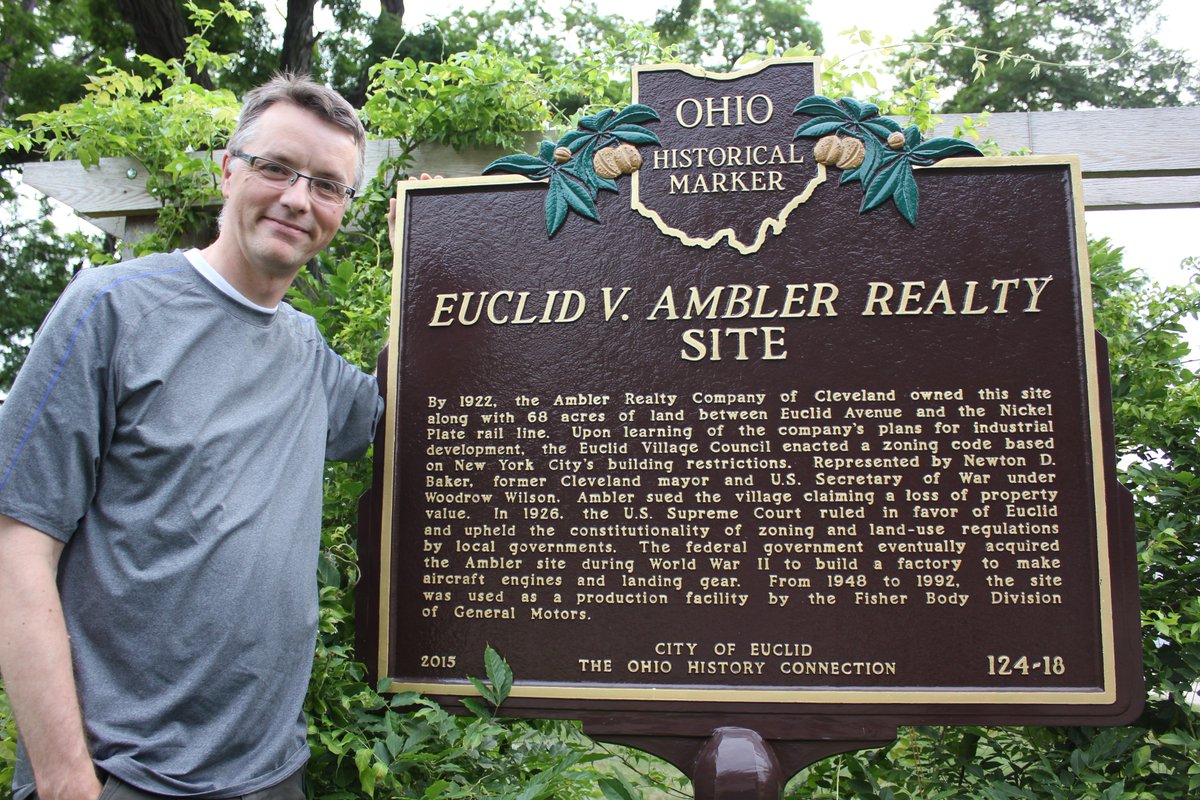
POTENTIAL RING HOUSE SOLUTION. Most of us love heritage buildings. Few of us own them. It's easy to love and want to preserve things that someone else is paying for. Right now @UAlberta is facing severe financial challenges due to factors that include... cbc.ca/news/canada/ed…
provincial funding cuts. Under these circumstances, with its mission to provide outstanding higher education, it would be irresponsible of the university to plow $4 million into deferred maintenance on the homes that could otherwise improve teaching and research.
But it would also be hypocritical for a public institution with the vision to "inspire the human spirit through outstanding achievements in learning, discovery, and citizenship in a creative community" to tear down valued pieces of our built heritage... ualberta.ca/strategic-plan…
for green space *no one is asking for* when there is an option that would keep the homes in place while taking the costs off the university's hands and even giving it a small revenue stream.
The CBC article quotes U of A facilities VP @atms65 as saying "Given their size and purpose-built design as individual family dwellings, they do not provide adequate space for modern teaching, research or work activities." So why not use them for family dwellings again? 

Century-old homes (some designed by architectural treasure Cecil Burgess) steps from the river valley, walking distance from Emily Murphy, Hawrelak & Kinsmen parks, beautiful Windsor Park, all the amenities of North Campus, LRT, @EdmHeritageFest,@NorthernJubilee, U of A hospital: 

Would not FOUR families in a city of 1.3M fall over themselves to pay for a long-term lease for one of these homes? The U of A could charge $250k apiece for the land lease ($1M revenue) & still have a competition for people willing to *spend their own money* to renovate them. 

Assuming the houses are on U of A utilities & waste collection, the university could also charge a monthly servicing fee as part of the deal. Of course there would be a lot of students tramping around but I'm sure four #YEG households would jump to live in this amazing location. 

But what about the land? Historically the university has crammed as much development onto its north campus as possible. In an era of urban densification, can it really afford to dedicate a corner of its campus for single detached homes? 

I say, yes. The U of A's current problem is having too *much* building space. In light of changes coming from COVID-19 & the painful economic transition that AB has just started, I don't see that problem going away anytime soon. Plus there's the enormous South Campus in reserve. 

And if planners feel they absolutely need more development in the NW corner of North Campus, they can easily fit it between the Ring Houses and 116 St on the surface parking lot and site of the now-demolished Alumni House. 

So I say to Andrew Sharman & @BFlanaganUofA, who I know to be reasonable people, will you look at this? Will you save the demo costs & earn real money for the university plus all sorts of goodwill? Will you have your bright people find ways to build social justice into the idea?
Will you preserve the embodied energy of these homes & require decarbonization upgrades? Will you honour these delicate pieces of the university's, and the city's, history?
• • •
Missing some Tweet in this thread? You can try to
force a refresh




